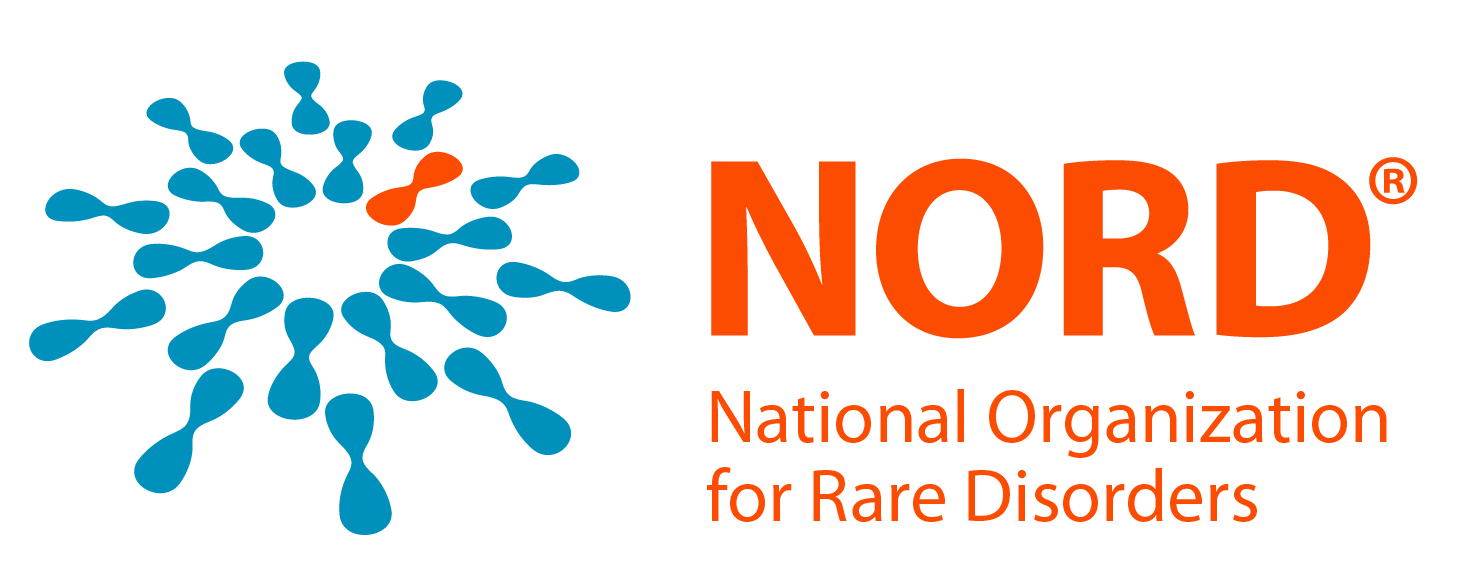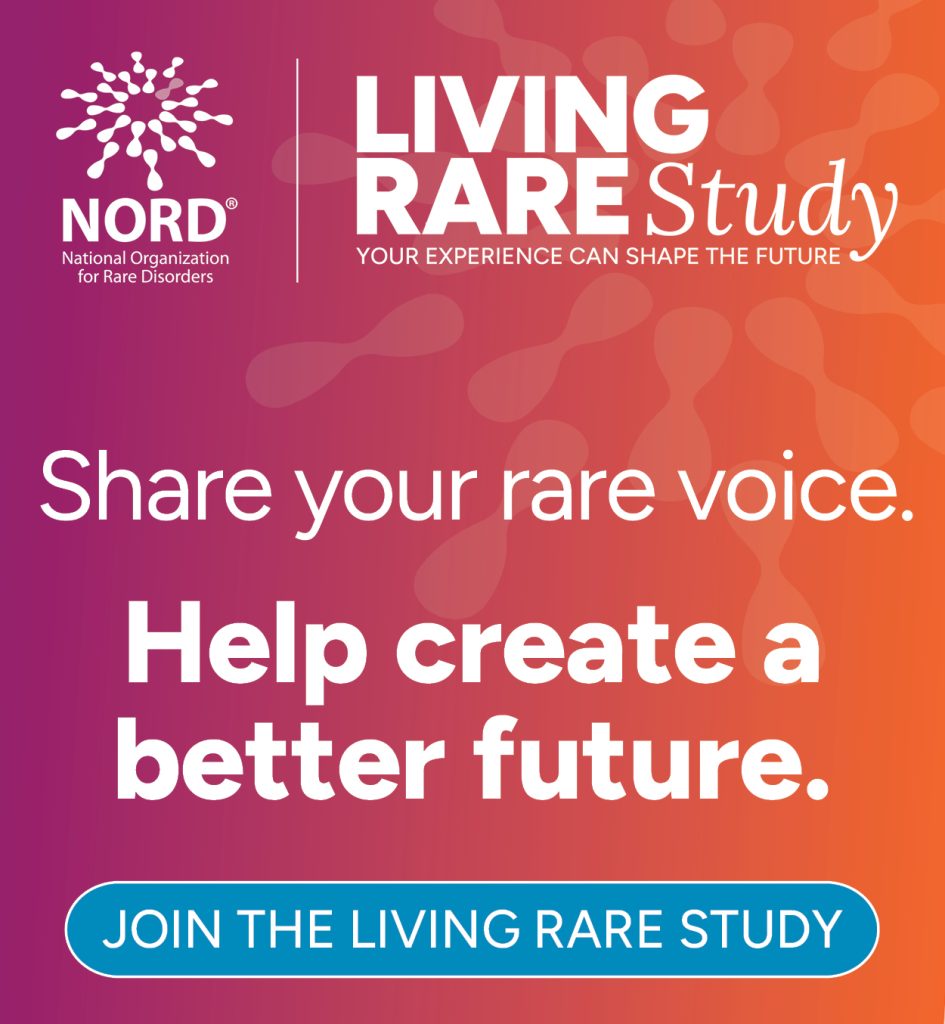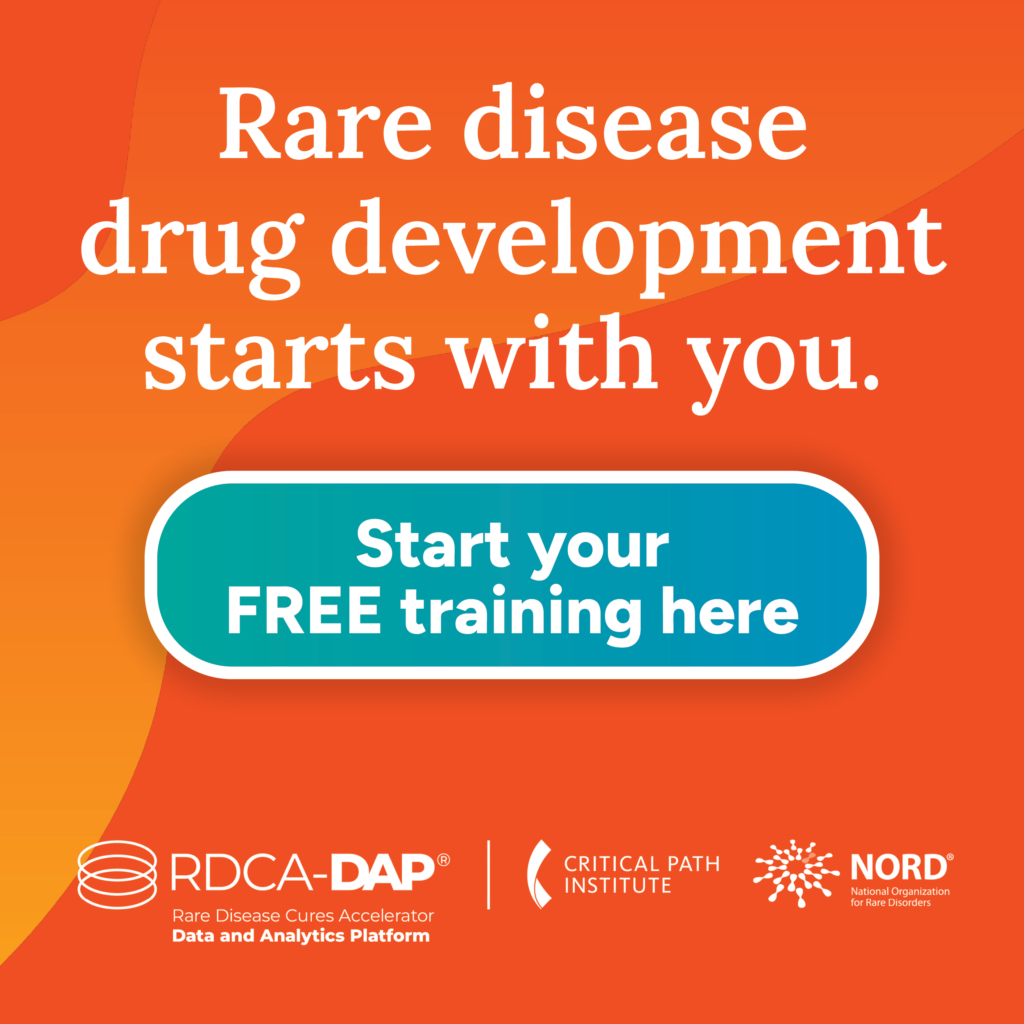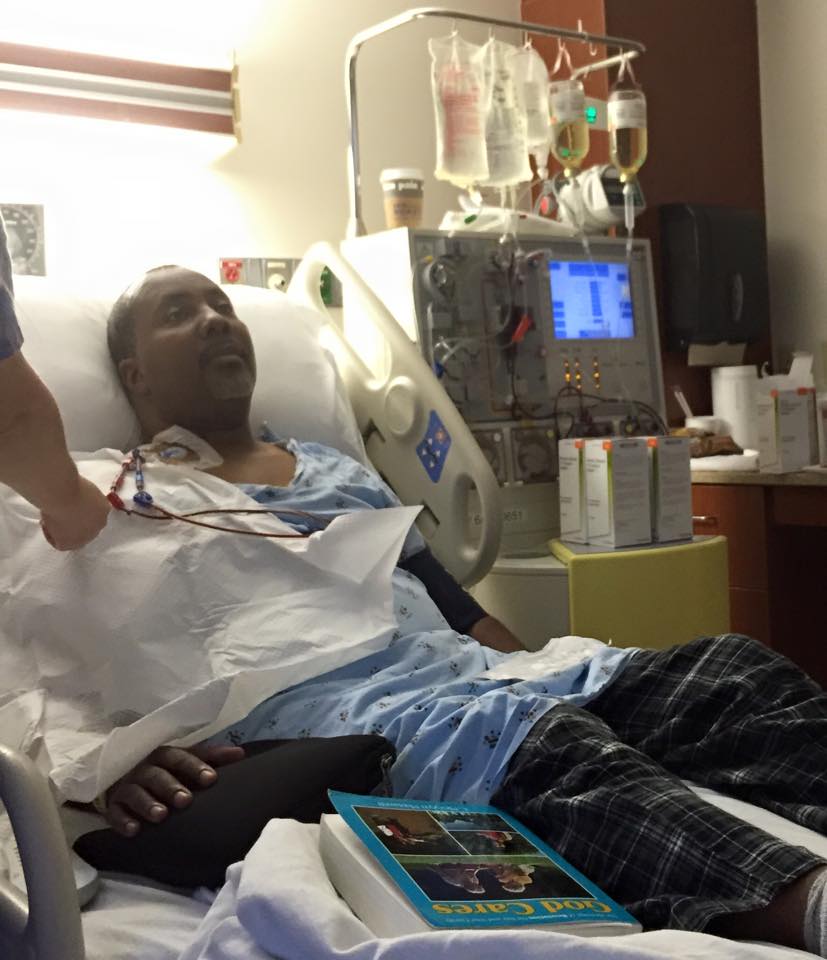The following story was submitted by Arthur Gause in honor of May’s Rare Spotlight, Chronic Inflammatory Demyelinating Polyneuropathy (CIDP). In this story, Arthur reflects on his diagnostic journey and the importance of continued rare disease research. A special thanks to NORD’s Member Organization,
the GBS|CIDP Foundation for sharing this story during CIDP Awareness Month!
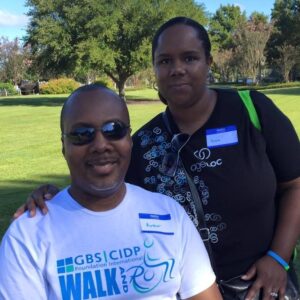
CIDP is a rare disorder of the peripheral nerves characterized by gradually increasing sensory loss and weakness associated with loss of reflexes. It is caused by damage to the covering of the nerves, called myelin. It can start at any age and is more frequent in men than in women.
For me, it began more than ten years ago with tingling and numbness in my left hand up to my elbow. I didn’t think much of it and shrugged it off. I also experienced severe muscle spasms across my shoulders that became debilitating enough to make working difficult. I visited my primary care physician (PCP) at the time for help and was prescribed medication to ease the spasms. Because it helped, I went on with life none the wiser.
It wasn’t until I began suffering from debilitating cramps in my thigh muscles that I took more drastic action. I visited a PCP who diagnosed me with possible Rheumatoid Arthritis or Rhabdomyolysis. After getting a second opinion, I was referred to a neurologist who put me on Prednisone and scheduled a biopsy on my thigh muscles that ultimately came back inconclusive.
Finally, in October 2014, I began experiencing weakness, first in my arms, then in my legs. I could not lift my hands above my head, I was tripping a lot and had foot drop. After two six-day tapers of Prednisone with improving and relapsing weakness, I was again referred to a neurologist. In the six months that I waited for an appointment, I lost my ability to walk without assistance.
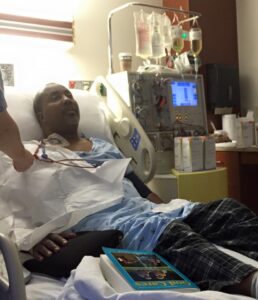
In April 2015, an electromyography and nerve conduction study yielded a conclusive diagnosis of CIDP. Immediately, treatment began with plasmapheresis, a process that filters the blood and removes harmful antibodies. Although we found that this process didn’t work for me, my doctors began treating me with intravenous immunoglobulin (IVIG), a blood product prepared from the serum of between thousands of donors per batch. After six months of infusions, I was able to use a walker, and eventually a cane.
Can you imagine what life would be like for thousands, perhaps millions of people if treatment were not available? Lower quality of life, higher healthcare costs, depression, the feeling of helplessness and hopelessness. Fortunately, I discovered information, support and further advocacy through the GBS/CIDP Foundation. They provided the links I needed to the community of like-minded people to help me through the early stages of dealing with this illness.
While I hoped to progress further, I am thankful for the progress I’ve made and the advocacy of several people, especially my wife. I went from using a wheelchair to walking with a cane. Because of rare disease research, thousands of people like me can have some semblance of a healthy life. I believe through continued research, one day there may be not only successful treatments, but cures.
